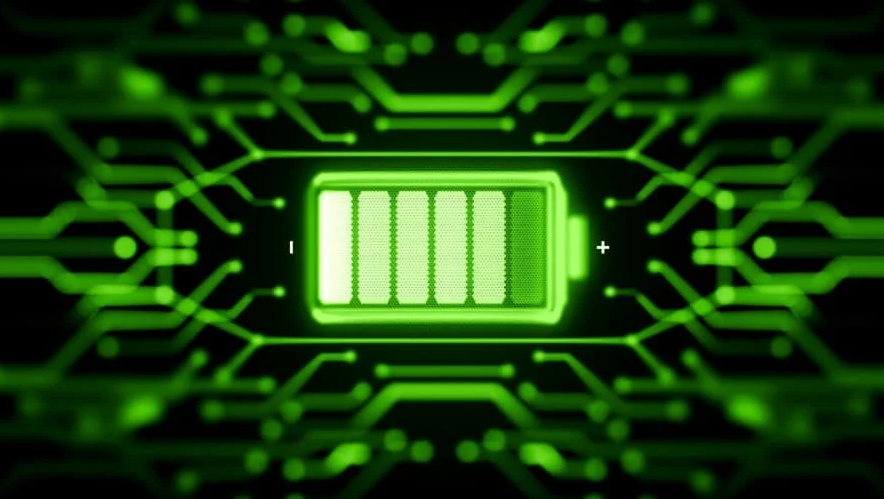Nissan To Recycle Leaf Batteries To Reuse In Factory Robots

Nissan is one of the automakers who pioneered electric vehicles on a larger scale. Batteries that are already used up and are no longer suitable for cars are accumulating here. However, a second use was found.
Nissan is now installing the old batteries from the first Leaf models in so-called Automated Guided Vehicles (AGVs). These are, as it were, mobile robots that are supposed to help the workers in the Nissan plants, among other things. For example, they automatically bring the required parts and tools from the warehouse to the respective workstation, as a report from SlashGear shows.
The goal is that the skilled workers on the production lines should not spend as much time as possible on organizing their material. Ideally, you always have enough parts with you to be able to carry out your actual task without interruptions. Nissan, therefore, sees the AGVs as an indispensable part of efforts to further increase productivity in the factories.
A whole fleet
Around 4,000 AGVs are currently in use at Nissan. The systems move independently on fixed routes through the factory halls. Sensors and communication between the robots ensure that collisions are avoided. On their way, the AGVs then stop at a quick-charging device for 30 seconds each, which brings in enough energy for the next delivery round.
The AGVs were already in the planning at Nissan. Initially, however, the developers planned to equip the systems with new, classic lead-acid batteries. Some time ago, however, the idea came up to use discarded car batteries from the first Leaf models that had been delivered since 2010. These are batteries that were originally able to store 24-kilowatt hours.
In the future, it will be possible to recycle car batteries on a much larger scale. This is because electricity storage systems are seen as inadequate for use in vehicles if their output is in the range of 80 to 90 percent of the new value. In practice, this means that a battery is not installed in a second car. The electricity storage systems then still have sufficient power to be able to use them in various other applications such as AGVs, but also in local electricity storage systems behind solar systems. There they can lead a second life for several years before they end up in recycling.
Research Snipers is currently covering all technology news including Google, Apple, Android, Xiaomi, Huawei, Samsung News, and More. Research Snipers has decade of experience in breaking technology news, covering latest trends in tech news, and recent developments.









